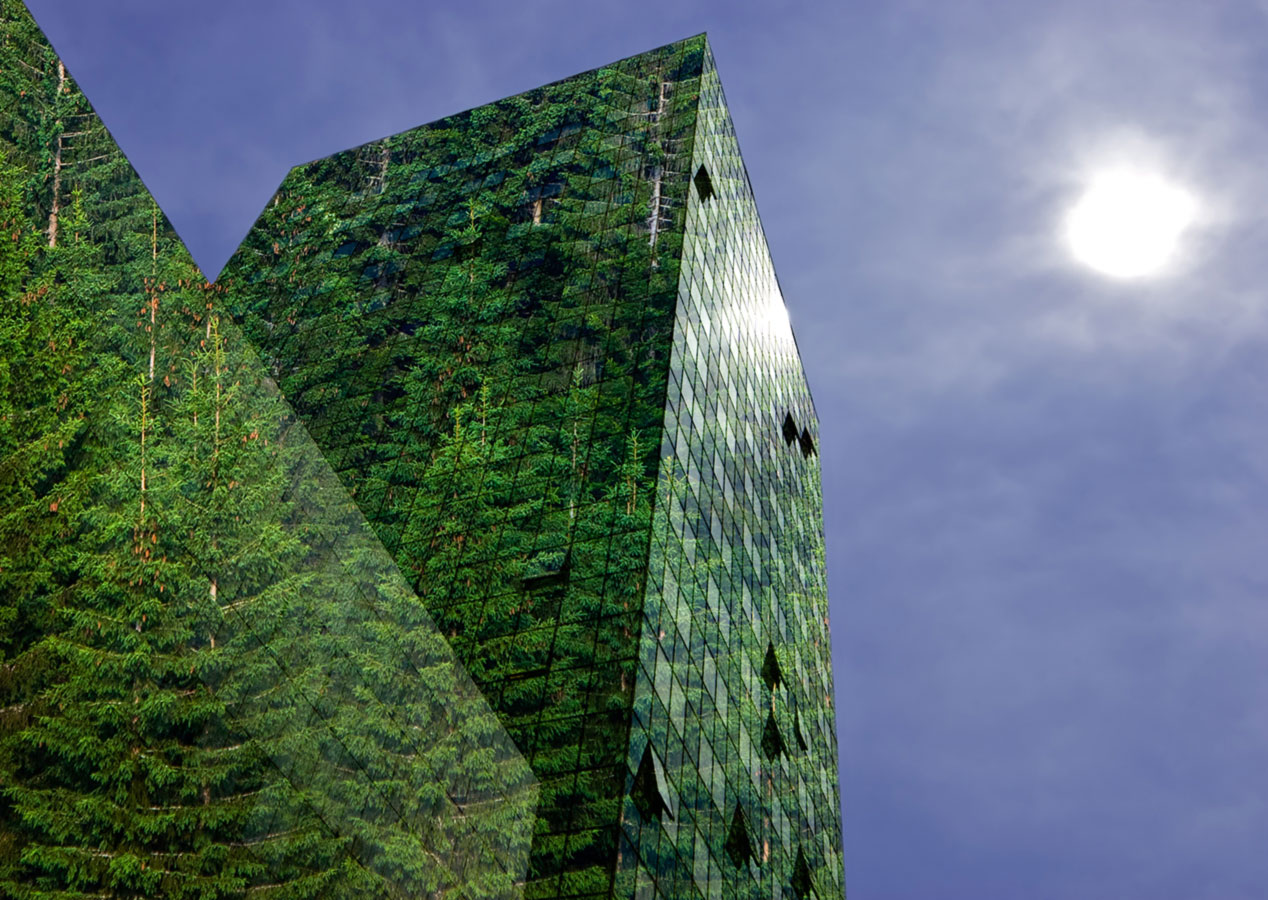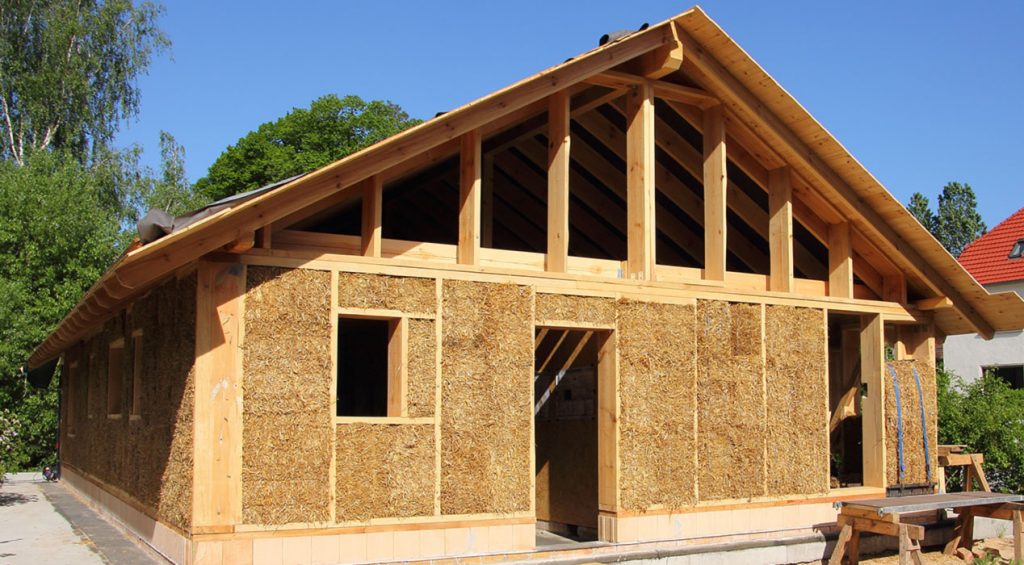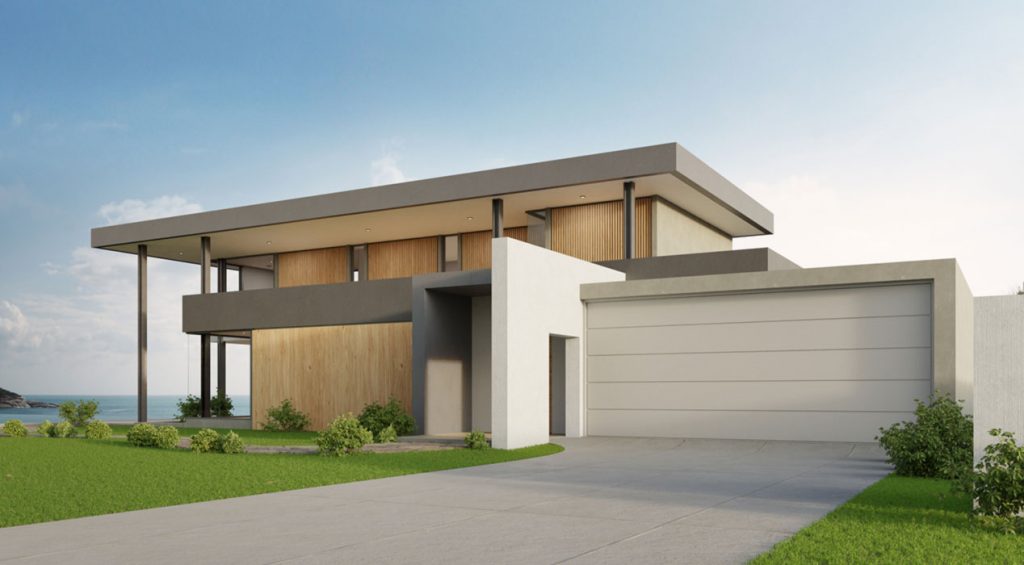20 Eco-friendly & sustainable building materials for greener construction

The interest, development and use of sustainable building materials is expanding in the construction industry, driven by recent material shortages, increased demand for housing and growing environmental concerns. Green building is the future of construction, not only as an effort to protect the environment but also as a strategy to boost energy-efficiency and reduce building operations costs.
The sustainable building materials market exceeded $265 billion in 2021 and should experience a compound annual growth rate of about 12% from 2022 to 2028 to surpass $610 billion by 2028, Global Market Insights recently reported. The report cites increasing demand for energy-efficient buildings, rising construction in the Asia Pacific region and supportive government policies as growth drivers.
Buildings and construction account for 36% of global energy consumption and 37% of energy-related CO2 emissions, according to “Global Status Report for Buildings and Construction,” an October 2021 report published by Paris-based Global Alliance for Buildings and Construction.
As society becomes more concerned about the impact of construction on the environment, the use of sustainable construction materials is gaining ground.
What Are Sustainable Building Materials?
In construction, sustainable materials are those that have less negative impact on the environment, including causing less depletion of natural resources.
Several characteristics differentiate sustainable building materials from traditional ones:
- Locally available and sourced: reduces the carbon footprint of transporting materials.
- Recyclable: concrete, steel, plastic, wood, bricks and other materials can be recycled.
- Recycled content: materials made from recycled products—roof tiles, insulation, carpet.
- Durable: lasts longer, so it requires to fewer replacements and produces less waste.
- Resource-friendly manufacturing: supplied by eco-friendly companies that use renewable energy sources, toxic-free materials, etc.
Here’s a list of 20 sustainable building materials you could consider for your next project.
1. Bamboo
Bamboo is as strong as steel and concrete, but unlike these materials, it is lightweight, much easier to work with and significantly better for the environment. It’s also extremely durable and versatile. Bamboo requires very little to survive. It tolerates most soil types, resists drought and has an incredibly high self-generation rate, growing as much as 3 feet in 24 hours. While the average tree has a harvest cycle of 25 years, bamboo has a harvest cycle of only three years, and it grows and spreads without having to be replanted after harvest.
Bamboo can be cut and laminated into sheets and planks to be used as walls, flooring, roofs and other items. It is naturally waterproof and doesn’t tend to warp in hot or damp environments, like wood can. Unfortunately, bamboo is susceptible to insects and fungus, and treating the plant with pesticides can impact the environment in a negative way.
2. Reclaimed or Recycled Steel
Steel is the most recycled material in the world. More than 60% of the steel produced is recycled. Steel is 100% recyclable, rot- and pest-resistant, and does not burn or wrap, so it is ideal for structural support, roofing and building facades. It takes about 50 trees to build a 2,000-square-foot house but only six scrapped cars to make a frame of recycled steel. Steel also increases the durability of structures against high winds and earthquakes.
3. Straw Bales
Straw bales are affordable and sustainable. They’re used in place of concrete, plaster, gypsum and other building materials to build load-bearing and filler walls in new construction. The bales are stacked between structure beams then plated on both sides to make the walls airtight, thus keeping rot away and providing excellent insulation. Straw bales have been shown to be more flame retardant than wood because the close-packed bales smolder without burning once the source of the fire is removed. Straw can be harvested and re-planted easily with minimal environmental impact.

4. Smart Glass Windows
As more commercial building projects opt for larger windows to maximize natural light, the heat they can transfer can be a problem. Smart glass windows switch between being transparent or opaque (or translucent) based on environmental cues such as the amount of sunlight and indoor air conditioning present. By reducing or increasing the amount of heat it allows in, smart glass helps control indoor temperatures, boosting energy efficiency.
5. Mudbrick
Producing traditional bricks is an energy-intensive process that involves the burning of fossil fuels and emission of large quantities of greenhouse gases into the atmosphere. Mudbrick is an eco-friendly alternative to traditional bricks that consumes much less energy and chemical additives during production. This material has a near-zero carbon footprint (depending on transportation) compared to traditional bricks and takes half the time to produce.
Concrete Alternatives
Concrete alternatives are made with cement or clay, like traditional concrete, but they contain eco-friendly aggregates versus the nonrenewable aggregates found in traditional concrete.
6. Ashcrete
Ashcrete combines fly ash (a byproduct of coal burning), cement and sand. It reportedly emits 60% less greenhouse gas and takes 50% less energy to produce traditional brick.
7. Hempcrete
Hempcrete is made with hemp fibers, lime and water, and it’s used to create walls with thermal properties. Hemp concrete blocks are fire resistant and lightweight but sturdy. Hempcrete’s carbon footprint is negative, meaning that it absorbs more carbon dioxide than it emits.
8. Timbercrete
Timbercrete is a fiber-reinforced mix of sawdust, Portland cement and water. The sawdust reuses a waste product and replaces some of the energy-intensive components of traditional concrete. Timbercrete can be shaped into pavers, bricks and blocks, and can be used to build modular structures that up until now were possible only with steel or concrete.
9. Sandcrete
Sandcrete is similar in its composition to conventional concrete, but instead of the traditional aggregate used in the production of cement, sandcrete is made with natural sands and fine river stone. By requiring less Portland cement, sandcrete reduces greenhouse gas emissions during production.
10. Grasscrete
Grasscrete is made from finely crushed rock, water and grass or turf. It is often used as an alternative to tarmac in driveways, sidewalks, parking lots and other surfaces. The mixture is laid over a compacted sub-base then topped with gravel or layers of turf. Grasscrete is porous, allowing rainwater to drain through it and flora to grow around it.
Woodcrete
Woodcrete is made of wood chips, Portland cement and water. It works like traditional concrete by filling a mold and drying to set. It is considered a sustainable material because it takes much less energy to produce than traditional brick and contains up to 85% recycled materials.

Other Sustainable Building Materials (some greener than others):
12. Composite roofing shingles
Made from recycled paper products, fiberglass and asphalt.
13. Recycled plastic
Used to produce concrete and to make polymeric timbers for fences, patio furniture and other items.
14. Cork
Grows very quickly, is resilient, flexible and excellent for flooring and insulation.
15. Insulated concrete framing
Prevents unwanted energy transfers, thus reducing energy consumption.
16. Wool for insulation
Offers air filtration, moisture and climate control, sound reduction and fire resistance.
17. Ferrock
A concrete-like building material made from ash and natural cement, traps and absorbs carbon dioxide.
18. Mycelium (fungi root)
Combined with sawdust to produce a concrete-like material that can be shaped in any way.
19. Rammed earth
Made of layers of gravel, sand or soil pressed tightly into wooden forms to build walls, roofs and floors.
Reclaimed wood
Used for structural framing, cabinetry and flooring, saves trees but susceptible to insects and degradation.
In this day and age, sustainability cannot be ignored. Using sustainable building materials for construction projects helps conserve the environment and reduce energy costs.
